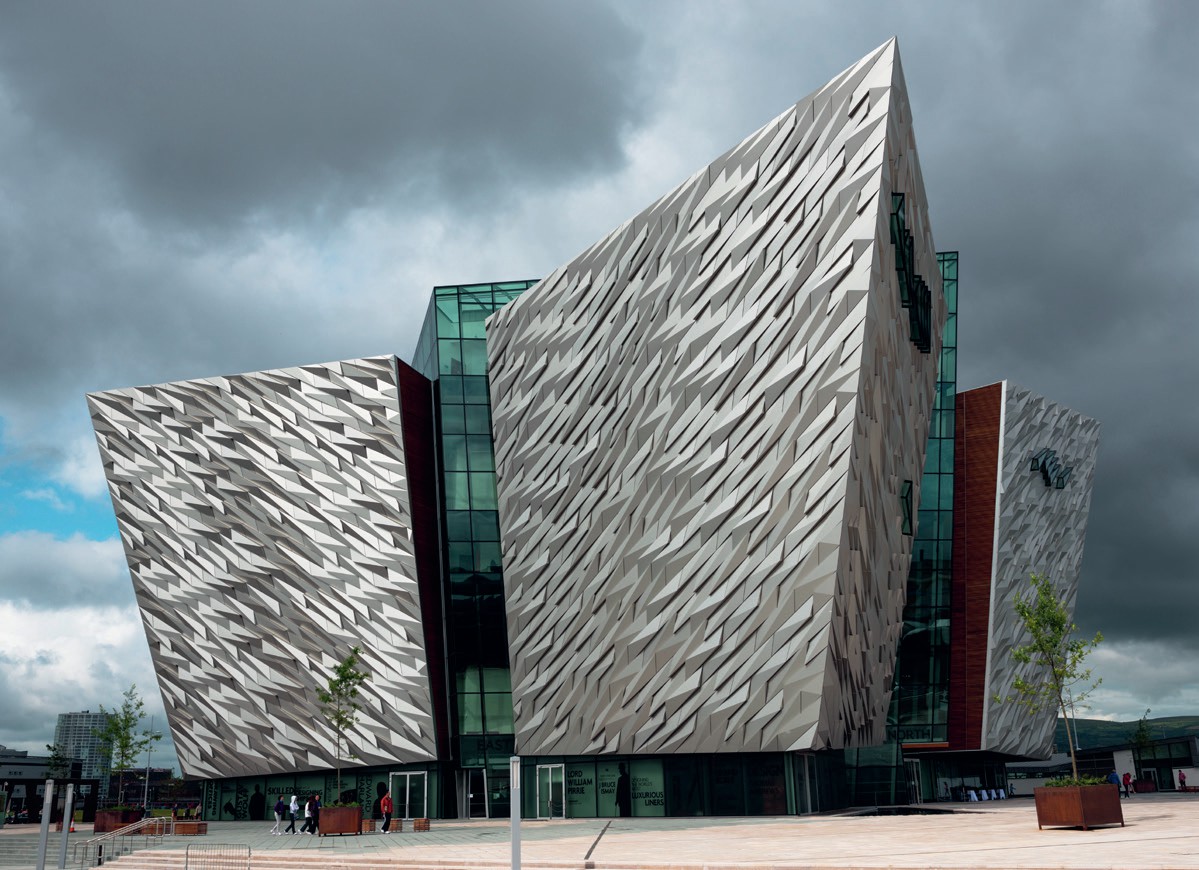
The Titanic is probably the most famous ship ever built. The Titanic was completed on 31 May 1911 and was built in the Harland and Wolff shipyard in Belfast, Northern Ireland. It was called the unsinkable ship and left Belfast Lough in 1912 on its maiden voyage to New York. As we know, it never completed the journey and sank after hitting an iceberg in the North Atlantic. The old shipyard area where the ship was built became derelict but has now been regenerated and rebranded as the Titanic Quarter.
When the Titanic was built, Belfast shipyard was one of the most successful and productive shipyards in the world, employing thousands of workers, many of whom were highly skilled tradesman. Harland and Wolff employed 15,000 workers alone, but this also created a multiplier effect whereby thousands of other people were employed in industries linked to shipbuilding. Shipbuilding and industries linked to it were major employers, with 35,000 people working in this part of Belfast.
Your organisation does not have access to this article.
Sign up today to give your students the edge they need to achieve their best grades with subject expertise
Subscribe




